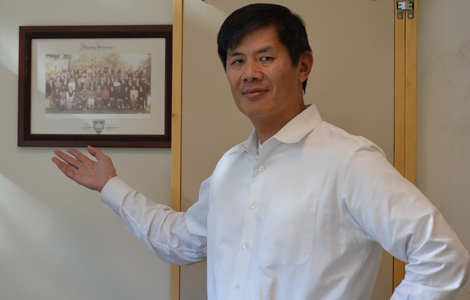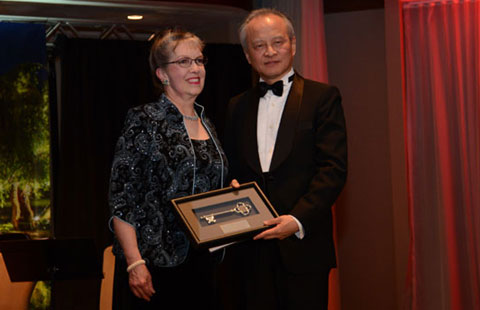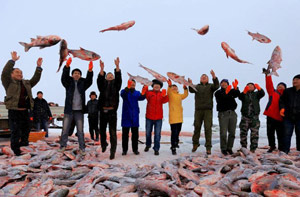Beijing, Washington locked in FTA race
Updated: 2014-11-06 07:41
By Jayant Menon(China Daily)
|
||||||||
For these reasons, if the TPP is to be concluded anytime soon, it will likely be in a highly diluted form, significantly compromised compared to the original ambitions.
How then do we move forward? APEC and its Beijing Road Map appear the only alternative. Although APEC's achievements since its inception in 1989 are modest, to say the least, its approach is generally viewed as being consistent with, if not mutually reinforcing of, the multilateral system and the WTO. This is mainly through its support for non-binding, unilateral actions in implementing its action plans. Although this approach has flexibility as its greatest appeal, the temptation of a free ride needs to be resisted. With this approach, it is all about the carrot, there is no stick.
But APEC may be the more inclusive choice to build an agreement in the Asia Pacific because unlike the TPP, it does not exclude China, and unlike the ASEAN+6 Regional Comprehensive Economic Partnership, it does not exclude the US. Its goals are also not as elusive as the high standards set by the TPP. Although its membership is highly diverse, it currently excludes India, a country that may single-handedly derail the WTO's Trade Facilitation Agreement. It also excludes the newest members of ASEAN - Cambodia, Laos and Myanmar - which are already struggling with implementing the five ASEAN+1 FTAs and more, and may benefit from having time to better prepare their domestic regimes. But engaging countries like Russia and Papua New Guinea brings its own challenges.
A Free Trade Agreement of the Asia-Pacific, whether commandeered by the US or China, cannot be the end-game, however. It would still mean a world trade system that is fragmented; the FTAAP would merely be the largest of the fragments. Looking further ahead, and short of resurrecting the WTO, unilaterally multilateralizing the preferences of the FTAAP and the many other FTAs is the only way to address the growing distortions and fragmentation. In a sense, it would involve continuing the process preferred by APEC in arriving at the FTAAP, of joint but non-binding unilateral actions. Since almost two-thirds of all trade liberalization has come from unilateral actions, there is hope.
The author is lead economist in the Office for Regional Economic Integration at the Manila-based ADB.

 Music at her fingers
Music at her fingers
 Across America Over the Week (Jan 16 - Jan 22)
Across America Over the Week (Jan 16 - Jan 22)
 Spend Chinese New Year in style
Spend Chinese New Year in style
 Ili river valley becomes a popular destination for swans
Ili river valley becomes a popular destination for swans
 Philip Ma: from scientist to businessman
Philip Ma: from scientist to businessman
 Birmingham's Spotlight on China dinner
Birmingham's Spotlight on China dinner
 How to distinguish doucai, wucai, Famille-rose and enamel porcelain
How to distinguish doucai, wucai, Famille-rose and enamel porcelain
 Xinjiang lake in bumper fishing season
Xinjiang lake in bumper fishing season
Most Viewed
Editor's Picks

|

|

|

|

|

|
Today's Top News
Houston's SW Chinatown
China to focus on reforms, opening of capital market
Slowdown brings new risks to banks
Trade group calls for BIT
Market status for China is 'political' issue
Birmingham's Spotlight on China dinner
Bank takes renminbi-clearing seriously
Traditional Garb
US Weekly

|

|








